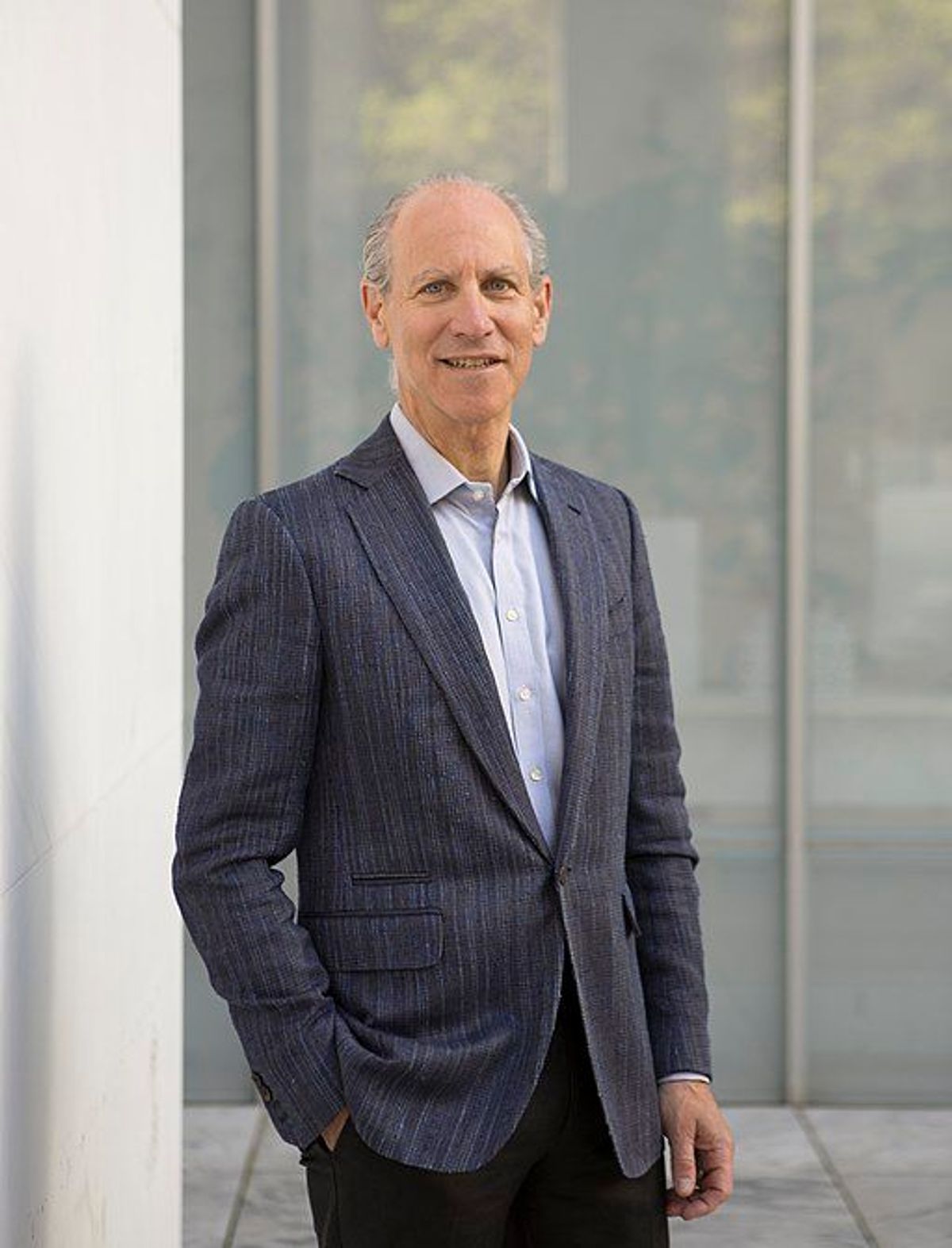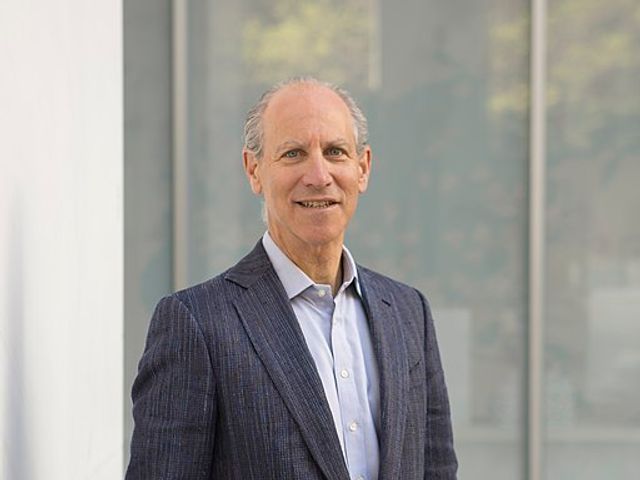Glenn Lowry, the director of New York’s Museum of Modern Art (MoMA) since 1995, will step down in September 2025. As the leader of one of the most high-profile museums in the world, Lowry has steered MoMA through multiple expansion projects, overseen its merger with the Queens-based kunsthalle now known as MoMA PS1 and significantly grown the institution's collection, endowment and operating budget.
According to The New York Times, Lowry’s contract was up for renewal for another five-year term this past June, but he opted to step aside. “It’s the right moment to think about the future of the museum and I just thought, carpe diem,” he told the Times. “All the things I set out to do 30 years ago are either accomplished or in play in a very positive way.” He added: “I didn’t want to be the person who stayed too long.”
The museum’s board will now begin an international search to fill one of the most coveted—and high-stakes—roles in the global museum field. “He’s broadened the whole discussion on the role of the arts and the role of a public institution like MoMA in the community at large,” Marie-Josée Kravis, the chair of the museum's board, told the Times.
A Harvard-educated scholar of Islamic art, Lowry may have seemed an odd choice to lead the US’s foremost Modern art museum when his hiring was announced in late 1994. At the time he was the director of the Art Gallery of Ontario in Toronto, which he guided through a complex 100,000 sq. ft expansion. His time at MoMA has also been marked by several expansions—through construction and partnerships alike.
Four years into Lowry’s tenure at MoMA, the museum announced plans to merge with the PS1 Center for Contemporary Art in Long Island City, Queens, providing the museum with “a window to the community of contemporary artists”, Lowry said at the time. He then set about overseeing a major expansion of MoMA’s home in Midtown onto an adjacent plot of land. That project, which required the museum to relocate its public programming to a temporary location in Queens while its campus was gutted and scaled up, kicked off in 2001 and was completed in 2004, coinciding with the museum’s 75th anniversary.
Just a few years later, MoMA’s leadership was eyeing a parcel of land next-door and some space freed up by the closure of the American Folk Art Museum’s neighbouring building, which MoMA ultimately demolished. The ensuing expansion into the lower levels of a new skyscraper cost $450m and added another 102,000 sq. ft of space to the museum when it reopened in the autumn of 2019.
Amid the expansion projects and institutional alliances—MoMA has also partnered with the Studio Museum in Harlem on a series of programmes since 2015—Lowry also grew the museum’s endowment from around $200m to $1.7bn and managed an operating budget that more than doubled during his tenure, from around $80m to around $190m, according to the Times.
Lowry’s tenure has been marked by sporadic tensions and scandals, too. These have included sometimes-tense contract negotiations with the museum's unionised employees; one such bargaining impasse led workers to go on strike for several months in 2000. Kravis’s predecessor as MoMA board chair, Leon Black, came under fire for his connections to Jeffrey Epstein; after Black opted not to seek re-election as board chair, he was accused of rape in multiple lawsuits. (Black still serves as a trustee of the museum). Kravis’s appointment as Black’s successor has also prompted a series of protests due to her and her husband’s investments in the oil and gas industry.
Lowry told the Times his future plans include a lecture series next autumn at the Musée du Louvre. He added that he is proud of his legacy at MoMA, saying: “When I look back at who came to the museum when I was appointed and who comes to the museum today, it is a sea change both in terms of race, ethnicity and age."



